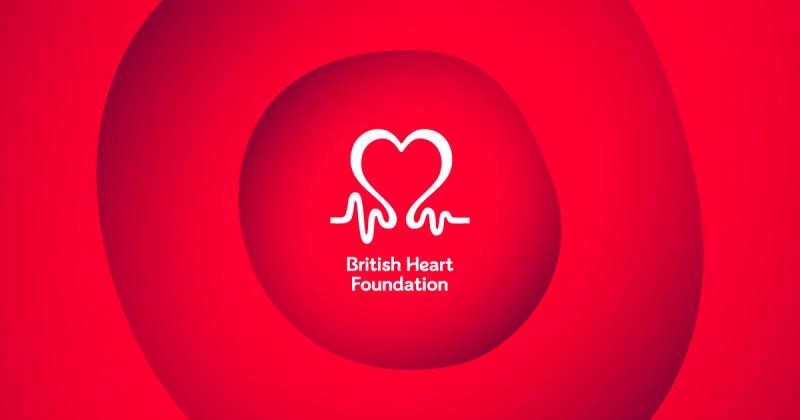Paul Latham, Strategy Director at Nevill Long shares what would have been a terrifying experience when he suffered a sudden cardiac arrest. Without his colleague’s CPR training, the presence of a PAD, and the NHS he would not be here today.
On Thursday 7th September 2023 I lay dying on the boardroom floor, having suffered a sudden cardiac arrest. During a cardiac arrest, your heart cannot function at all and it ceases to pump blood to your organs and you stop breathing (not to be confused with a heart attack which is a different medical issue).
Without intervention, I would have been dead in a few minutes. This is what my work colleagues faced that day and, luckily for me, they had recently finished a refresher first aid course. They immediately began to give me Cardiopulmonary resuscitation (CPR) until the emergency services arrived, including the London Air Ambulance. I was “down” for 20 minutes before they were able to shock me back with a defibrillator – without effective CPR there is no question that the outcome would have been different.
I was put into a medically induced coma and so began my treatment and recovery under the care of our fantastic NHS service.
This post is not intended to be a “poor me” but rather to use my experience to highlight the critical importance of as many people as possible being trained so that they have the skills and confidence to perform CPR and operate a defibrillator if they are ever in a situation where it is required.
Approximately 60,000 people sustain an out-of-hospital cardiac arrest (OHCA) annually in the UK with less than 50% receiving any resuscitation. The statistics are shocking: in the UK those that suffer an OHCA have an 8% chance of survival or to put it another way, a 92% chance of dying.
A study by The University of Warwick (Out of Hospital Cardiac Arrest Outcomes (OHCAO) Registry), states: “The community in which the person sustains an OHCA influences the likelihood that they will receive bystander CPR (BCPR) and ultimately survive”. You could apply this logic to the work community too. The study also states: “When a person has an OHCA their best chances of survival are when a bystander performs CPR and uses a public access defibrillator (PAD). Training in CPR and the use of PAD makes a difference in people’s willingness to act. If we can act on this then there is potential to increase survival rates.”
CPR
How to do CPR on an adult in 5 steps
- Check for a response. Firmly shake the person’s shoulders and loudly ask if they’re okay.
- Call 999. If the person is unconscious and not breathing, or not breathing normally, start CPR.
- If there is someone with you, ask them to find a defibrillator.
- Start chest compressions. With the heel of your hand in the centre of their chest, press down smoothly and firmly at a rate of 2 per second. Try pushing to the beat of Stayin’ Alive by the Bee Gees.
- Use a defibrillator as soon as you can. Follow its instructions carefully while you continue to give CPR.
Defibrillator
- Buying guides: The https://defibrillators.bhf.org.uk/resources/defibrillator-buying-guides guides explain everything you need to know about buying a defibrillator.
- Installation: It’s best to install your defibrillator outside on a public building, somewhere that’s visible and easy to get to. Usually, you don’t need planning permission to install one. However, if a building is listed, you should check that installing a defibrillator is allowed. You’ll need an electricity supply to keep your defibrillator above 0°Celsius. An electrician can install this for you.
- Indoor defibrillators: If you keep your defibrillator indoors, you can choose between an alarmed cabinet and a simple bracket. Brackets are cheaper – prices start at around £20. But sometimes they’re not suitable. For example, in a public place or if there’s a chance children will tamper with it, we recommend an alarmed cabinet instead.
- Locked or unlocked cabinets: We recommend an unlocked outdoor cabinet so that your defibrillator is easy to get in an emergency. If you choose a locked cabinet, you can add the access code when you register your defibrillator on The Circuit, the nationwide defibrillator map. Registering a defibrillator with The Circuit, the national defibrillator network, will ensure anyone can use it in an emergency. It means the ambulance service can see the access code and give it to the person who makes the 999 call.
- Helping people find your defibrillator: Wherever you put your defibrillator, you can get signs to help people find it. Buying a sign to let people know where the defibrillator is can save vital time in an emergency.
Let’s raise awareness and explore providing training across our workplaces, and in our local communities, and increasing the number of PADs available. More training and PADs will save lives. The British Heart Foundation website is also an excellent source of information https://lnkd.in/eMDt-HZ9
My deepest thanks go to my colleagues, the emergency services, and our amazing NHS (particularly the staff at St. Barts), without whom I would not be here to write this post, and to my friends, family, and partner for their ongoing love and support. Thanks also to Encon & Nevill Long who have been an incredibly supportive employer.
Click here to watch the CPR and defibrillators: how to save a life


